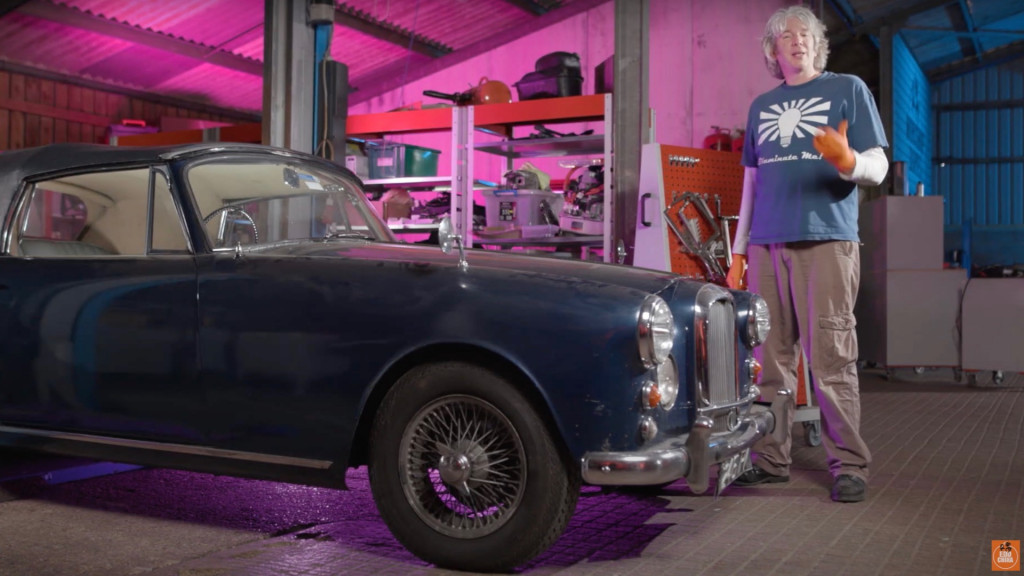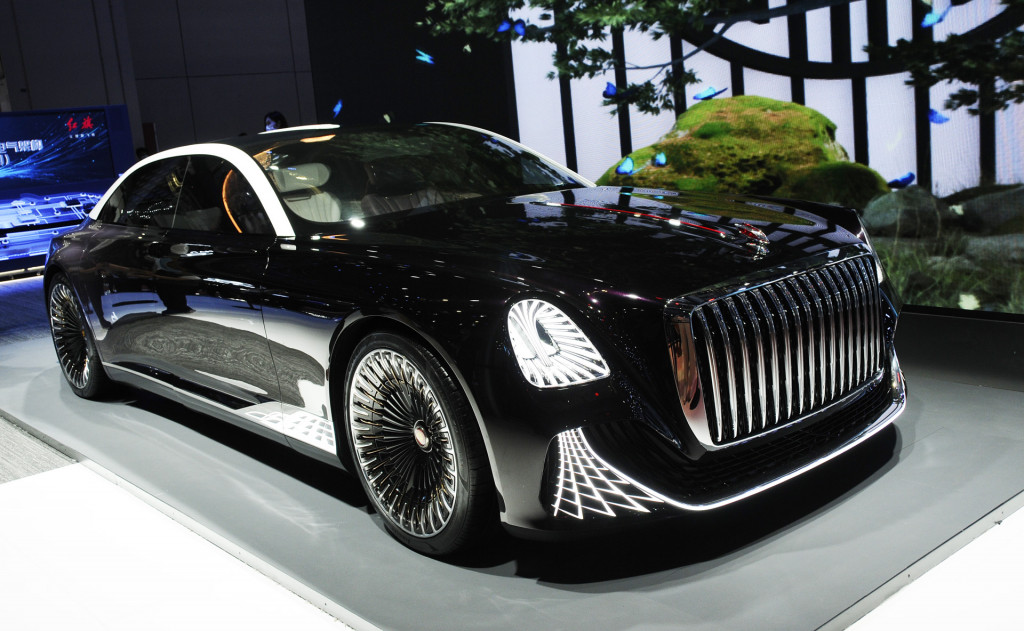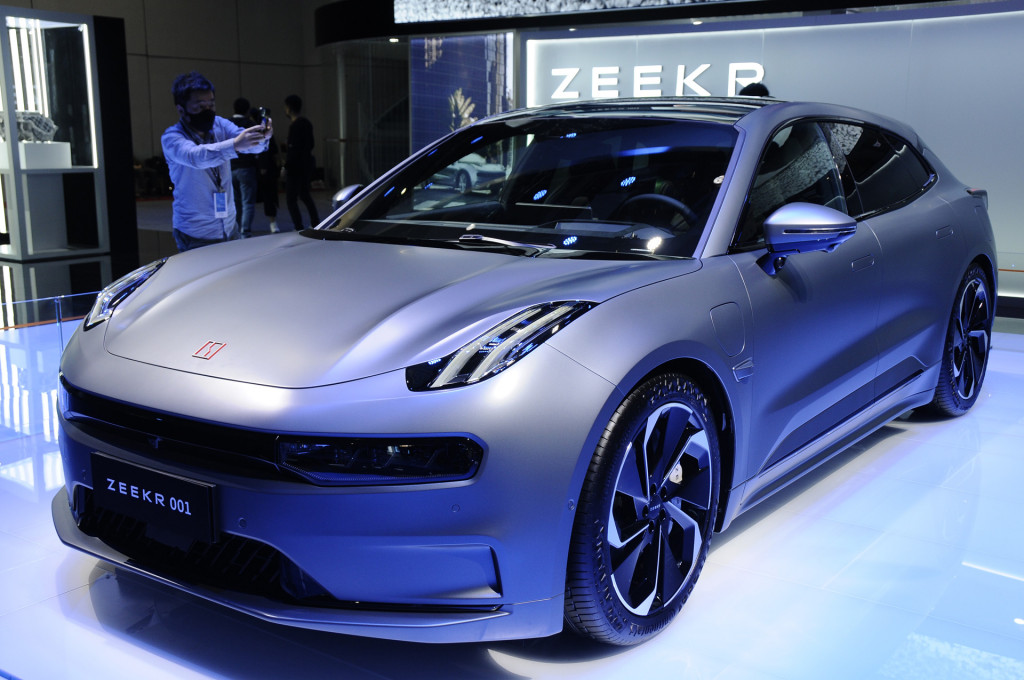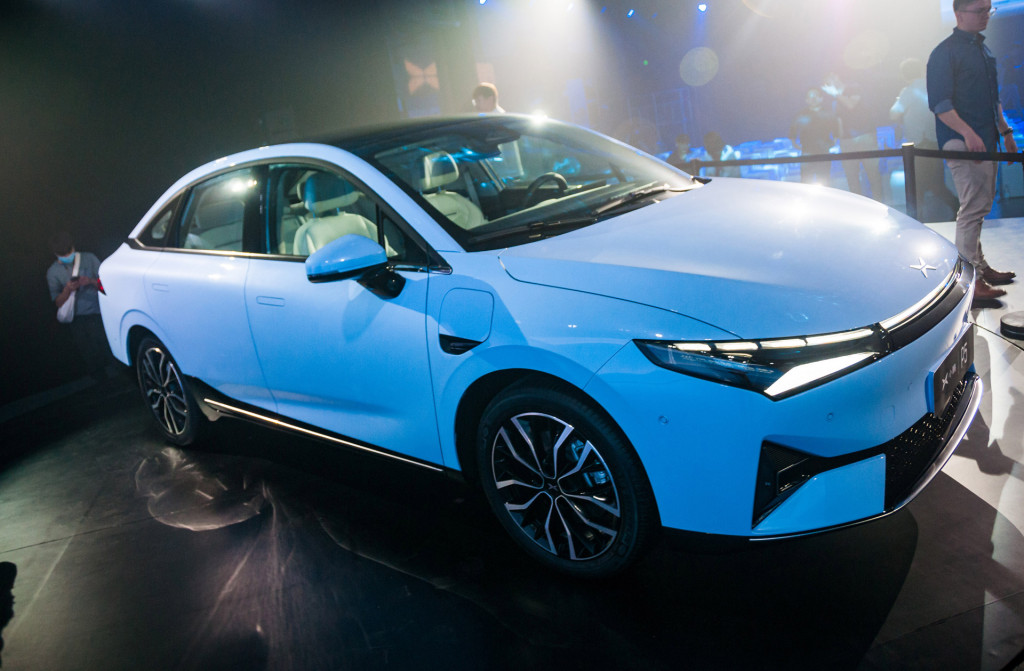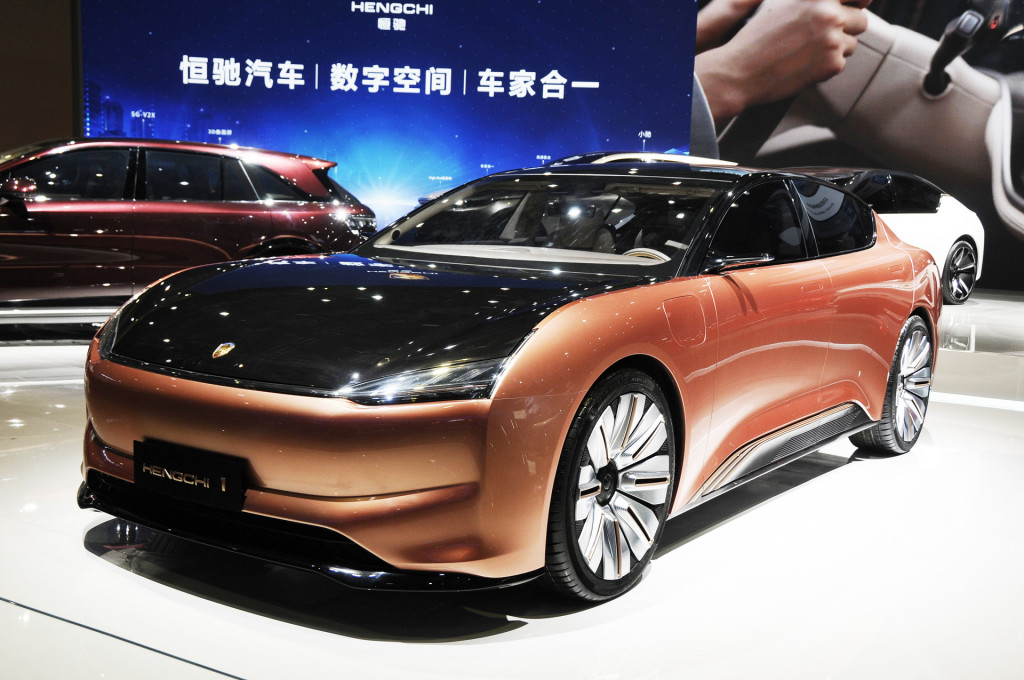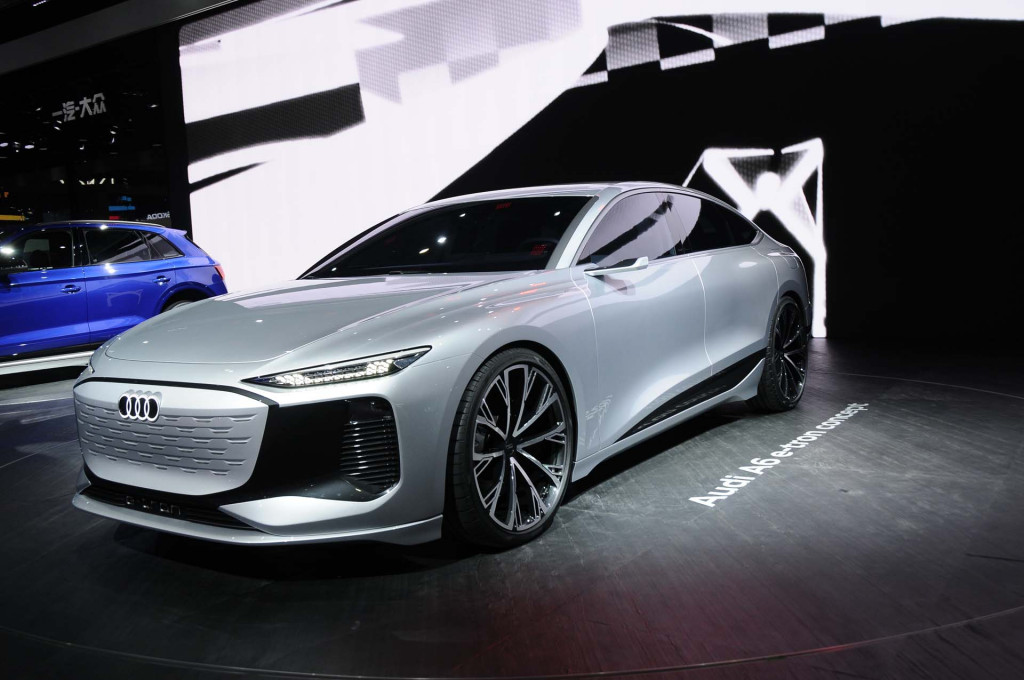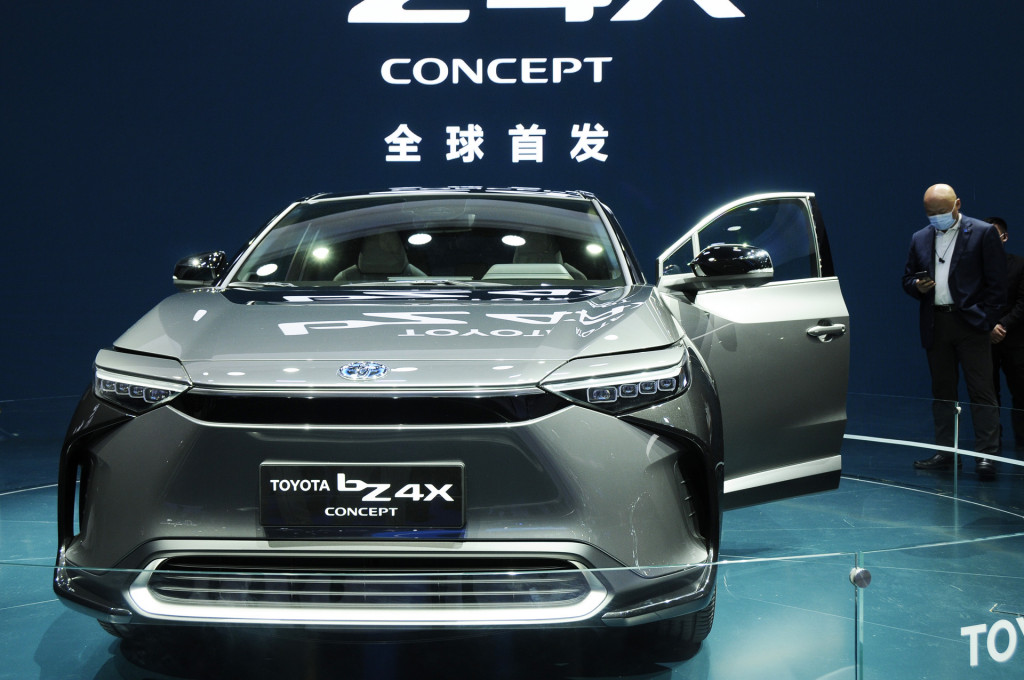With forged carbon fibre aero, no rear seats and over 300bhp under the bonnet, does the MINI JCW GP3 have what it takes to be a brilliant hot hatch?
Review first appeared in Performance MINI. Words: Martyn Collins.
It’s just a little badge, but we’ll wager the ‘GP’ badge gets performance MINI owners just as excited as us. Possibly the most highly anticipated third-generation MINI, the third volume of the MINI GP formula landed on UK roads last year, once again based on the more power and less weight concept.
And what a power jump! This is the most powerful GP yet, with 306bhp as standard – the result of a modified version of the 2.0-litre, B48 four-cylinder TwinPower turbo engine. Top speed is a licence-losing 164mph, with 0-62mph acceleration coming up in just 5.2 seconds.

All good stuff aimed at the enthusiastic MINI owner, but the MINI JCW GP3 isn’t without its critics. The styling is a tad over-the-top for some, and most contentious of all is the fact the GP3 is an auto-only model. It’s fitted with an eight-speed Steptronic transmission as standard, complete with integrated differential lock to get the power down.
Inside, we marvel at the GP’s excellent driving position; there’s plenty of adjustment and the John Cooper Works sports seats feel comfortable and supportive from the start. The new digital dash is easy to read, and the GP interior highlights in general are tastefully done too.

Flick the start button and the familiar B48 engine roars into life. The soundtrack is louder and deeper than a standard JCW hatch, thanks to the lack of back seats and those bigger rear pipes. Then, slot the gear lever into Drive and we edge our way on to the main roads.
For such a hardcore car, things are surprisingly docile and tractable around town, although the GP’s Auto transmission seems to hold on to gears for too long, making smooth progress at urban speeds difficult. Then there’s the ride which is super stiff and unyielding, which is fine for a track day or a B-road bit of fun but a tad tiresome on longer journeys.

When the road opens up and the speed limits are less restrictive, that’s when you realise you’re driving something special. Look into the wing mirror and you can see the top of the unique carbon rear arch.
This version of the GP’s exterior additions does divide opinion. We like them and feel MINI has made more of an effort with the GP3’s styling than the GP2. The Racing Grey paint reminds us of the GP1’s Thunder Grey, and it’s well-paired with the Melting Silver roof and mirrors.
Now I can knock the gear lever to the left, putting the gearbox in Manual mode. The ‘GP’ metal gear paddles feel special as I flick through the gears and the speed builds so quickly. The GP3 is a very fast hatch.

Before long we’re on some decent B-roads, one of the places where any MINI GP should excel. Good news is turn-in is sharp, the steering super responsive, there’s plenty of grip, very little body roll in corners, and the brakes are strong.
Yet on first acquaintance, this MINI frustrates. Why? Because it’s hard to drive fast here, thanks to torque-steer. I find myself constantly correcting the steering when pressing on. Also, personally, I always find a manual gearbox more involving, and the GP3’s auto box should, in my opinion, be more responsive.
We are not saying the GP3 is unruly, it’s not. It is just that the torque-steer and stiff suspension can lead to a twitchy drive.

It is always exciting though; we get the feeling the MINI JCW GP3 is a car you’d have to learn to get the best out of and think it might be better suited to the track.
I would prefer a manual gearbox, plus the combination of torque-steer and stiff suspension make for a challenging drive, but does that put me off wanting one? Not a chance! I still want one just as much as I did with the GP1 and GP2 models before it.
Tech Spec: MINI JCW GP3
Engine: 2.0 litre, four-cylinder B48 turbocharged petrol engine, producing 306bhp
Transmission: Eight-speed Steptronic automatic
Suspension: Specially tuned stiffened springs, dampers and stabilisers
Wheels: Lightweight 18-inch four-spoke wheels
Price: £34,995
Couldn’t get hold a MINI JCW GP3 but fancy cashing in on F56-chassis fun? Make sure you check our our JCW F56 buying guide.

